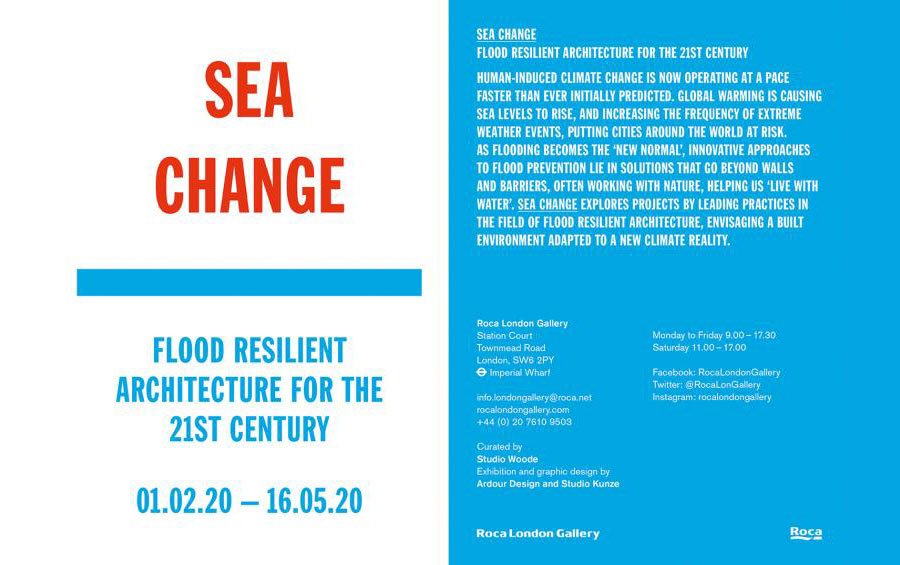
The Etania Green School is part of the new exhibition “Sea Change: Flood Resilient Architecture for the 21st Century”. The exhibition explores how architecture has to adapt to the growing climate reality of urban flooding. through a series of projects – proposed and realised – by leading architects around the world in the field of flood resilient architecture.
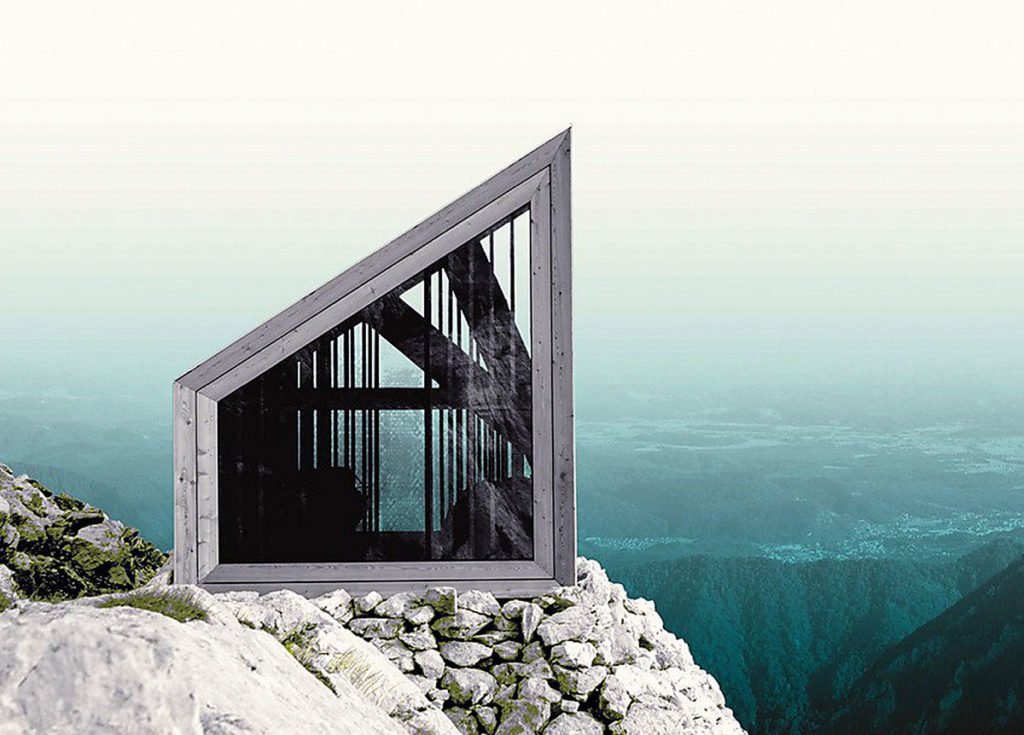
The publication Elemental Living – Contemporary Houses in Nature highlights the shifting relationship between architecture and the natural world. Landscape is here the inspiration for architecture. Each of the 60 contemporary houses have been designed to embed themselves in, perch on, sweep across or nestle within the natural world. They all demonstrate a deep understanding of its context, but more so, they demonstrate their ability to create unique living spaces that connect their residents with the mountains, lakes, deserts, forests and oceans that they inhabit. The two houses in India designed by Architecture BRIO interact with the natural environment in very different ways….

Billion Bricks is proud to be featured in the 59th issue of Green Building, Taiwan. In this release, we present the Etania Green School project and display new pictures and insights about the project.
The school building stands on a riverside site that has a history of devastating flooding. Therefore, like much of Borneo’s vernacular architecture, the school is placed on top of decommissioned building containers. This prevents the classrooms from flooding.

Philip Jodidio features Architecture BRIO’s Riparian House in his latest publication with Taschen called “Homes for our Time”. The publication is organized by architect and brimming with crisp photography and plans. The result is a sweeping survey of the contemporary house.
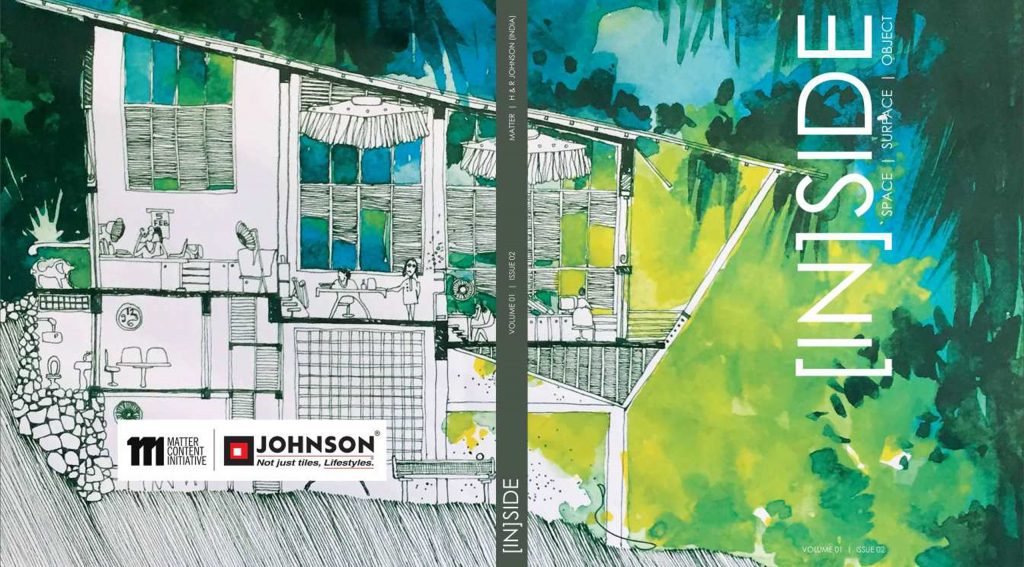
This issue is the second in a series of the bi-annual design journal. It is published by Matter on Contemporary Architecture and Design in India. The publication chronicles and document ideas and works of some of the most innovative designers from India. The 200-page design journal contains more than 350 full-colour images, drawings, essays, dialogues and editorial on projects of many scales and typologies.
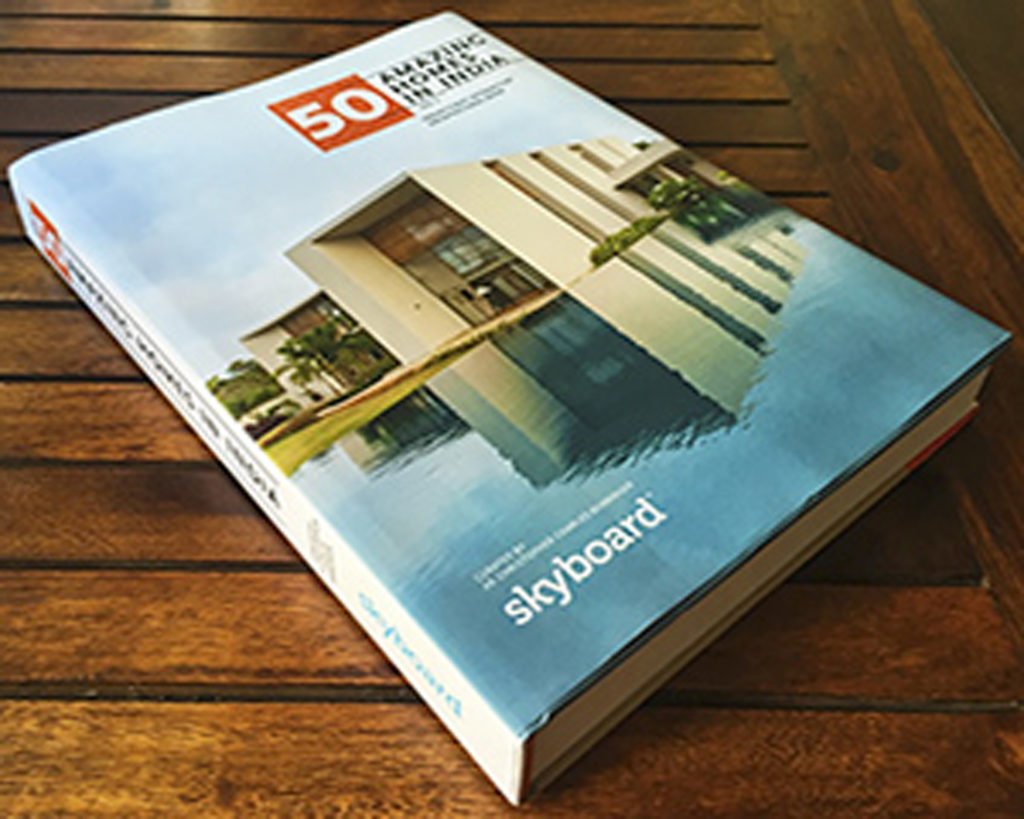
India’s first interactive architectural book, ’50 Amazing Homes in India’ is now available for booking. The book features the 50 best residential projects with the videos of India’s finest architects and is curated by Ar. Christopher Charles Benninger

The Architectural Digest India features the Apartment DNNW designed by Architecture BRIO in Mumbai.
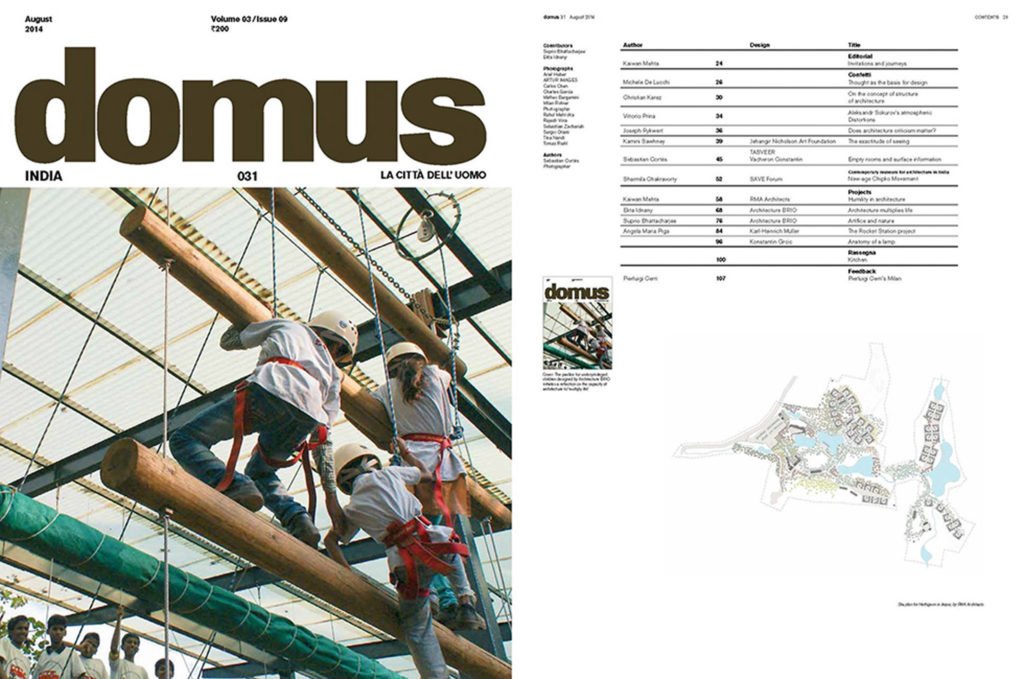
The Children of Magic Bus climbing the Laureus Learning Pavilion adorn the latest cover of Domus. The August edition of the architecture magazine features articles on the Magic Bus Learning Pavilion and the House on a Stream.
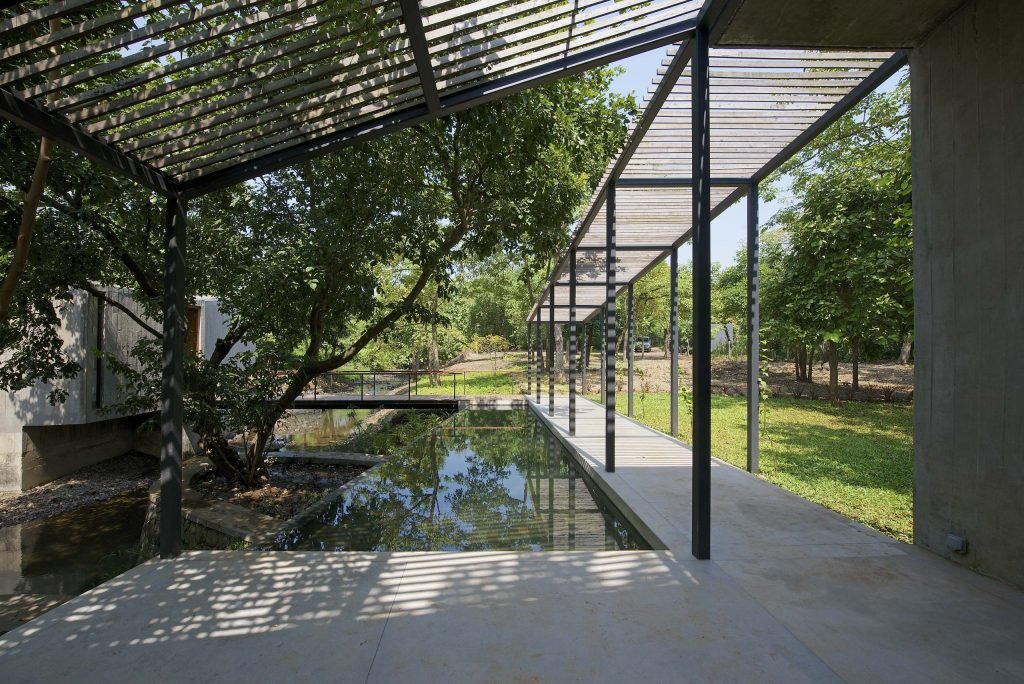
The experiential content of any structure is as important as the aesthetic one. And the young architecture firm in Mumbai, Architecture BRIO effortlessly bring this balance of plausible and implausible in their work. Headed by a Dutch – Indian duo, Robert Verrijt and Shefali Balwani, the firm in a short span of eight years has made its mark on the architectural map of the country.
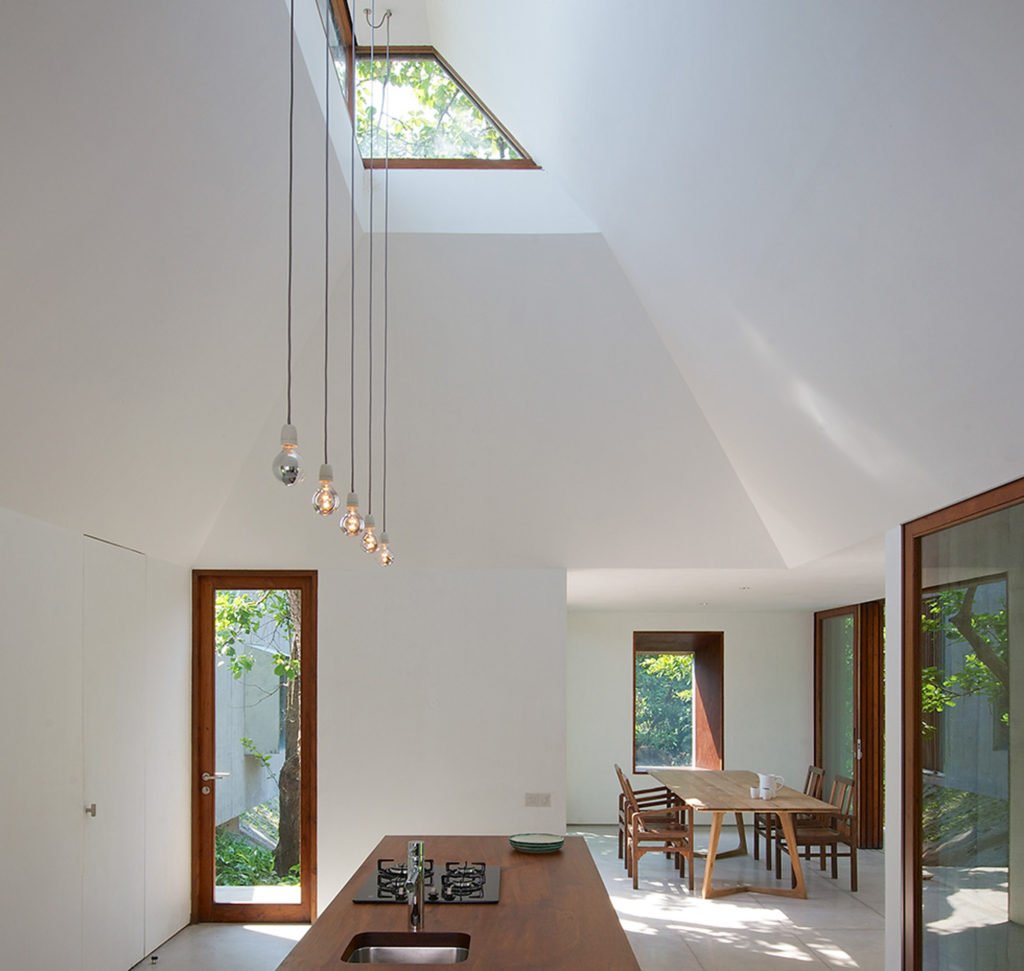
Architecture BRIO completes the “House on a Stream” in Alibag, India. Ian Nazareth writes in his article in the “Australian Architectural Review”: “….the project is strikingly brusque, making ideological links with representation and occupation, expressing a deliberate divergence.”
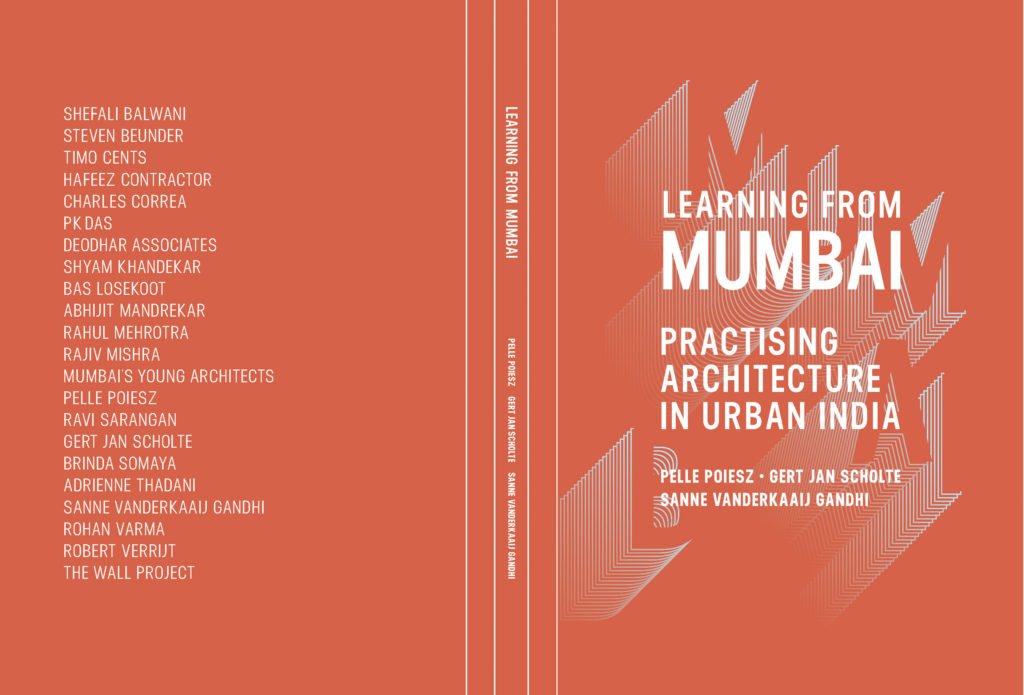
The book “Learning from Mumbai” will be launched today, the 14th of May in the Hague. The book attempts to protrait the nature of the architectural practice in Urban India from diverse points of view. A chapter called “Socially and environmentally Conscious Architecture” has been dedicated about how Architecture BRIO deals with the challenges of the profession.
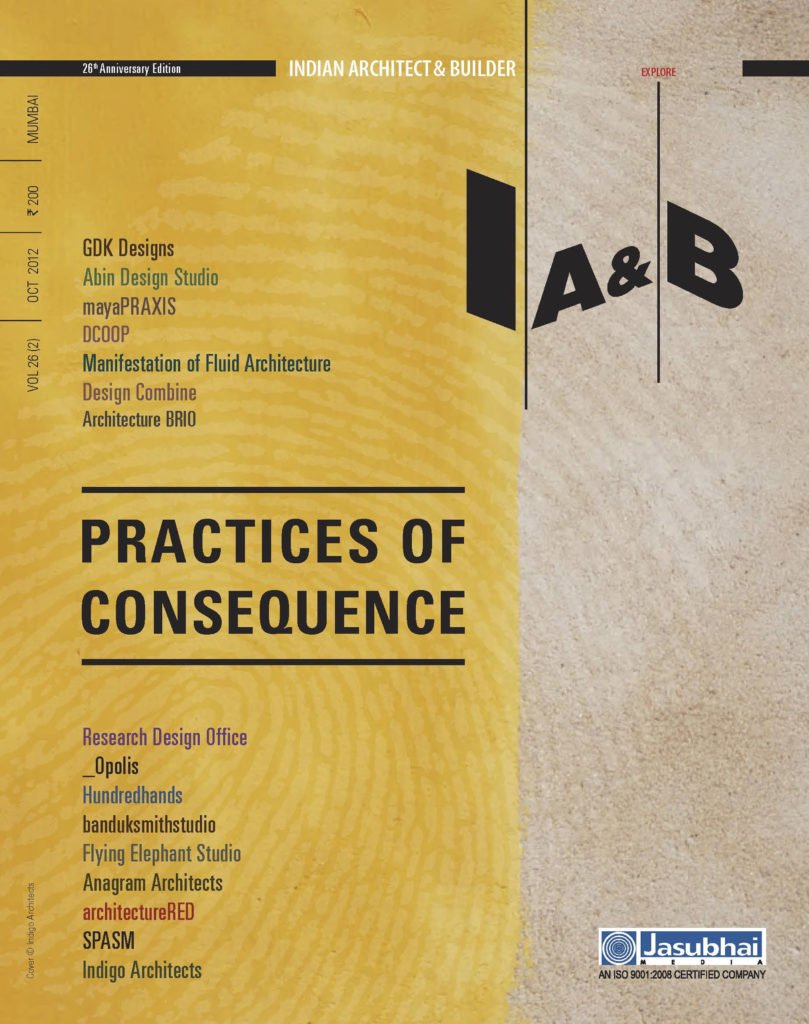
Architecture BRIO has been published in the “Practices of Consequence” issue of Indian Architect and Builder. The issue comprises of essays, conversations and comments on some of the most significant and emerging practices in the Indian context.

Large scale European architecture companies have been moving into Mumbai over the last decade more and more to develop various projects. Indian architecture companies however have also been increasing, in size, in volume and in projects. While Mumbai is growing rapidly, the two architectural worlds seem somewhat distanced from each other. The young architecture practice Architecture BRIO fits right in between these two worlds. Not 100% European and not 100% Indian.